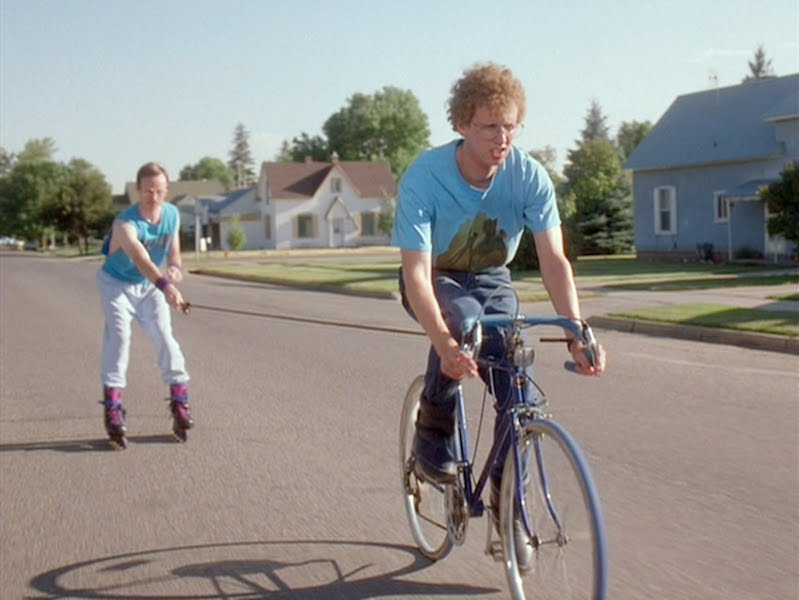Come into the meat locker with Anthony Walsh's POV angle…
Did that big Cloudbreak swell three days ago make you almost grateful to be alive? All those men (systemic sexism! Intersectionality!) in three layers of impact vests and inflatable vests towing and paddling a Cloudbreak swell so rare there hadn’t been anything like it for six years?
Even watching gave me a vampirish panic.
The Australian-born, Hawaii-living surfer Anthony Walsh, a man with a gorilla chest and unwashed straw hair who will ride the tube behind Laird at Teahupoo for a clip, was there with an eight-eight Gunther Rohn and his usual arsenal of GoPro cameras.
In the short below, we see Walsh, who is thirty-four, pointing his nose-mounted camera at Fijian boatman Tevita Gukilau riding a twenty-foot barrel as a ten-foot gun from a bailed surfer goes over the falls.
Walsh paddled for three hours, looking for fifteen-footers amid the twenty-five foot tow-waves that hit every hour or so. The number of tow teams was small – there were three jetskis and he’d spend the morning and late afternoon towing Maui’s Kai Lenny into sets – and he says there were seventy paddle surfers jockeying, hassling, for sets which would arrive every twenty minutes or so.
“It was the most hyped up, biggest paddle swell ever and everyone and anyone was there. But… it was slow,” he says.
The second wave in the short is Walsh on a wide set.
“It kept going, going, going and…growing,” he says. “I could see it heading for shish kebobs. I knew I had to get off this thing. I couldn’t pull off so I had to jump over the lip and I got over it and didn’t get clipped. I was lucky the Hawaiian lifeguard Ryan Hargrave was there to pick me up. There was another wave behind and it would’ve got me.”
Other notable moments according to Walsh:
It looked like Teahupoo except longer.
Swells like this at Cloudbreak are rare because there’s not a lot of ocean distance between where the swell’s form (between Australia and New Zealand) and where they hit. Gotta intensify quickly. Can’t get too close to land. The winds have to be good. Unlike Hawaii or Chile where the swells have room to form and push across. “Everything has to start in the right place and end in the right place,” says Walsh.
A Brazilian surfer wiped out on the wave before Ramon Navarro’s bomb and busted his leg. For added kicks, he got Ramon’s wave on the head, too. “We saw the wipeout, we were close to him when he took off,” says Walsh. “Then we saw him nose-dive and then Ramon’s wave came and we forgot about it. It’s hard to know what’s happening on the inside. Abe Lerner, Ryan Hargrave and Kaiborg were doing pickups for everyone, keeping everyone safe.”
Kelly paddled for maybe an hour-and-a-half and caught two waves, one a twelve-foot insider
Most surfers wore three layers of flotation: impact vest (padded), inflation vest (with canisters of air) and another impact vest. Walsh just wore the impact vest.
“Too restricting,” he says.
Enter the meat locker here!








